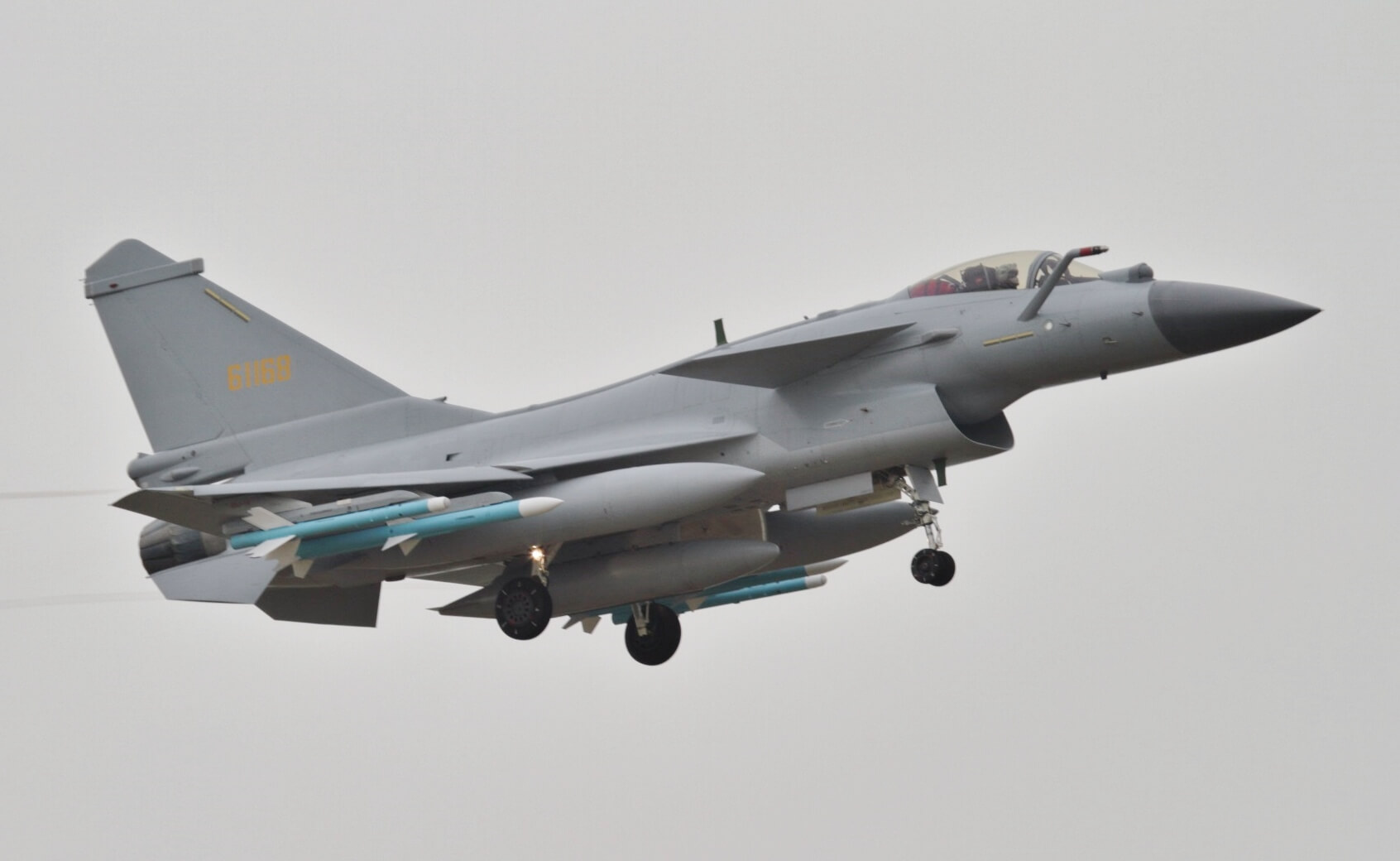Interior Minister Sheikh Rashid Ahmed on Wednesday confirmed that Pakistan has acquired 25 Chinese multirole J-10C fighters, adding that the purchase is “an answer to India’s Rafale jets.”
The Minister was referring to the 2016 Rafale deal, as a part of which France has already delivered 33 out of the 36 promised Rafale fighter jets to India. The remaining three are scheduled to arrive next month. In fact, reports suggest that France has been in talks with India for the purchase of 36 additional jets. Against this backdrop, reports emerged earlier this year that Pakistan was set to acquire 36 10-C semi-stealth jets and induct them into its air force.
Sheikh Ahmed said that the jets would participate in the Pakistan Day celebrations on March 23 next year in a fly-past ceremony.
Pakistan Air Force to Get 36 Chengdu J-10C Semi-Stealth Fighter Jets#J10c #jf17thunderthebest#مارخور#دل_پہ_نقش_ہےڈھاکہ pic.twitter.com/CEaF55iR1f
— Pakistan Global Strategy (@PakistanGS) December 16, 2021
Pakistani experts got their first close look at the J-10C’s defence capabilities during the Shaheen IX military drills, a joint exercise conducted in December last year between Pakistan and China. During the 20-day exercise, China flew the J-10C, the J-11B, KJ-500 early warning aircraft, and Y-8 electronic warfare aircraft, while Pakistan flew the JF-17 and Mirage III jets.
The J-10C is a single-engine multi-role fighter jet that can operate in all weather conditions. It was built for the Chinese People’s Liberation Army Air Force to facilitate strike missions and air-to-air warfare. It is the most recent version of the J-10 jets and was first inaugurated in March 2020.
Pakistan’s deal with China comes in light of the issues it has faced with the JF-17 fighters, which have prompted it to seek replacements. It was unsuccessful in acquiring the Russian Su-27 derivates and MiG-29s. While Pakistan already has a fleet of United States-made F-16s, which experts believe match the Indian Rafales, it continued to pursue a multi-role all-weather jet. In addition, reports suggest that Pakistan was looking to update its existing JF-17s due to engine issues that remained unresolved by China. Pakistan has complained that the JF-17 fighters emit black smoke, making them an easier target for aerial combat.
I don’t understand the logic behind buying J-10C. We already have a fighter (F-16) which is in the similar class and generation. I don’t think J-10C is as good as Rafale also. We should have invested this money in building Project Azm and enhancing JF-17 capabilities. https://t.co/Dn1CpjajVS
— Senator Dr. Afnan Ullah Khan (@afnanullahkh) December 17, 2021
The acquisition of the J-10C fighters has raised the eyebrows of Pakistani commentators. Senator and opposition leader Dr Afnan Ullah Khan questioned the purchase, saying Pakistan already had similar F-16 jets. He said that the Pakistani government should have instead invested the money in Project Azm, which aims to develop a fifth-generation stealth fighter and long-endurance drones. He also argued that the J-10Cs are not “as good as the Rafales” which he said have an advantage in terms of thrust and superior short-range missiles.
The deal has also come under the scanner due to Pakistan’s deteriorating economic situation. There are concerns that Project Azm and the purchase the J-10C jets could further entangle the country in foreign debt. In fact, external debt has doubled during Prime Minister Imran Khan’s tenure; the Pakistani rupee has also significantly depreciated by 30.5% during the three years of Khan’s leadership.

